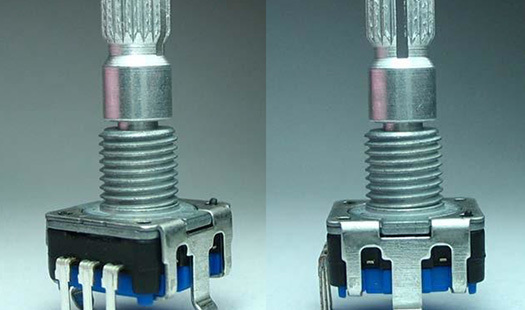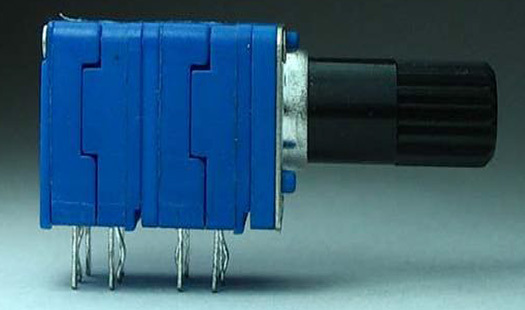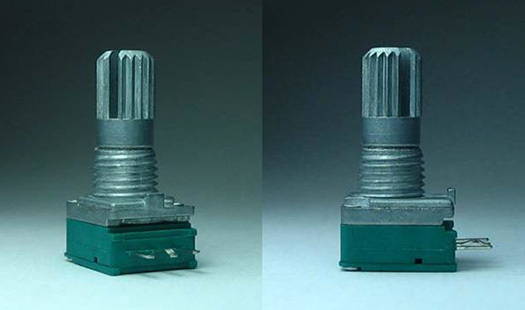Understanding the Trimmer Potentiometer Sensor: A Beginner's Guide
Jun 17,2025
What is a Trimmer Potentiometer Sensor?
So, you’ve heard about the Trimmer potentiometer sensor and you’re wondering what the fuss is all about? Well, let’s break it down!
A Little Background
A trimmer potentiometer sensor is an electrical component that allows you to adjust resistance in a circuit. Essentially, it’s like a fine-tuning knob for your electronics. Whether it’s audio equipment, radio transmitters, or even your favorite gaming console, this nifty little device plays a crucial role in ensuring everything runs smoothly.
How Does It Work?
Now, let’s get technical for a sec! A trimmer potentiometer consists of three terminals: one connected to a voltage source, another to ground, and the third is the wiper. As you twist the knob, the wiper moves along a resistive track, adjusting the voltage output. It’s a simple yet effective mechanism that allows for precise control.
Why Use a Trimmer Potentiometer Sensor?
Great question! The beauty of using a trimmer potentiometer sensor lies in its versatility. Here are a few reasons why you might want to consider it:
- Fine Tuning: Perfect for applications that require precise adjustments.
- Compact Size: They are small and can fit into tight spaces.
- Cost-Effective: Generally, they don’t break the bank!
Applications in Everyday Life
You might be surprised to learn that trimmer potentiometer sensors are everywhere! Here are some common applications:
- Audio Equipment: Used to balance sound levels and fine-tune audio quality.
- Telecommunications: Vital in adjusting signal strength in radios and transmitters.
- Consumer Electronics: Found in devices like TVs and gaming consoles for various adjustments.
Pros and Cons
As with anything, there are pros and cons to consider:
- Pros:
- Easy to use and implement.
- Provides accurate adjustments.
- Small footprint makes it ideal for compact designs.
- Cons:
- Not suitable for high-power applications.
- Can wear out over time with excessive use.
Installation Tips
Installing a trimmer potentiometer sensor is usually straightforward, but here are a few tips to ensure you don’t run into hiccups:
- Make sure to double-check the specifications before installation.
- Use the right tools to avoid damaging the component.
- Consult the datasheet for wiring diagrams and pin configurations.
Final Thoughts
In a nutshell, the trimmer potentiometer sensor is a small but mighty component in the world of electronics. It allows for fine-tuning adjustments that can make a huge difference in performance. Whether you’re an engineer, a hobbyist, or just curious about how things work, understanding this component will surely enhance your knowledge of electronics.
So, next time you adjust a sound dial or tweak the settings on your device, remember the unsung hero behind the scenes—the trimmer potentiometer sensor!
PREVIOUS:
More Information
More Information
RECOMMENDED










